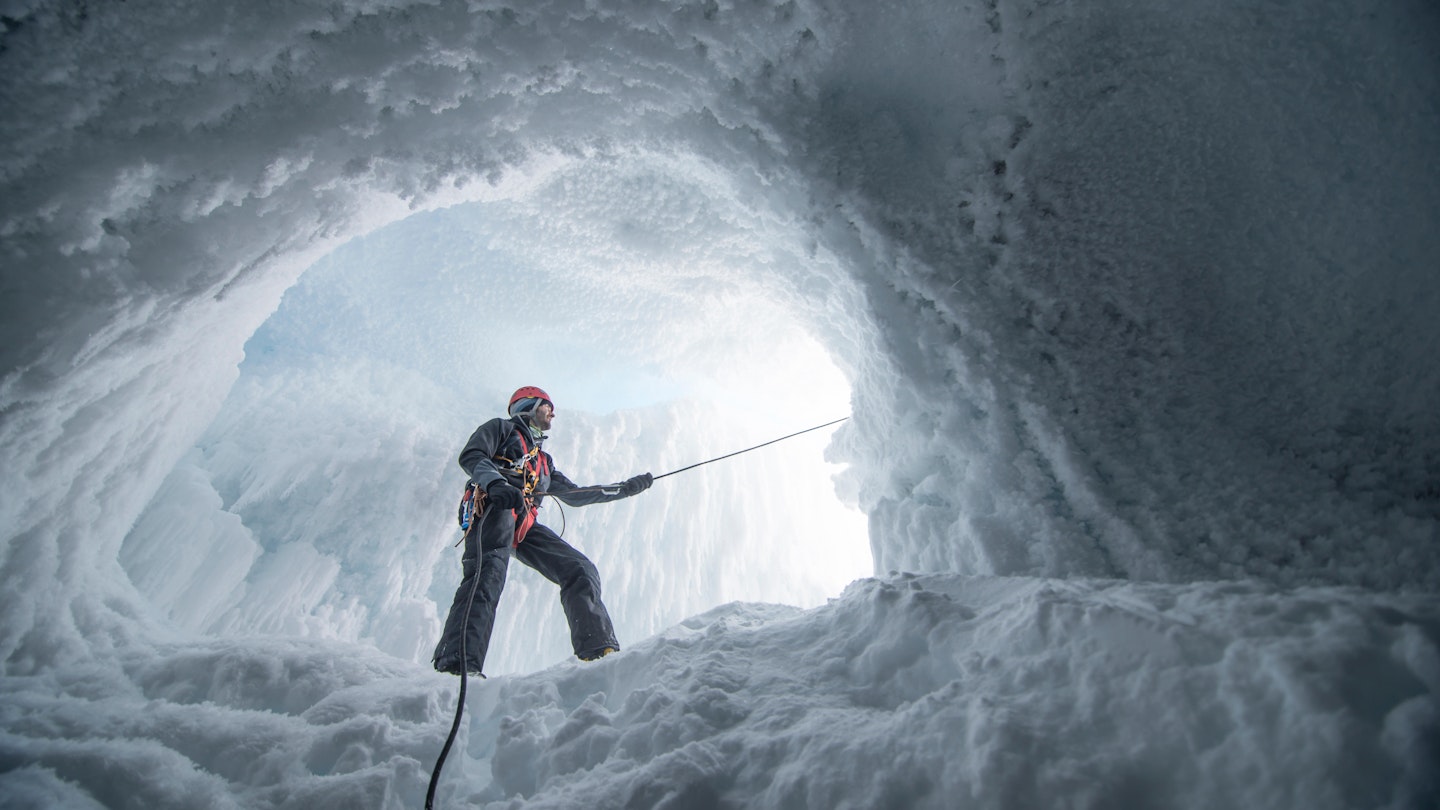Antarctic Adventure Activities
Antarctic travel has epitomised adventure for more than a century. Now, between 50,000 and 75,000 lucky tourists visit Antarctica each year. While most are there for sightseeing and wildlife watching, some operators offer additional opportunities for unique adventures in this incredible wilderness.
Antarctica remains the one continent where you cannot simply take a cheap flight, turn up, and explore freely. Unless you skipper your own yacht to the ice, you have to arrive with a commercial operator who provides all the logistics for travel here. However, even travellers enjoying a fully pampered cruise may want to experience some historic means of polar travel, such as skiing and kayaking.
Sea Kayaking with Wildlife in Antarctica
The most popular adventure activity conducted by operators on the Antarctic peninsula, sea kayaking offers visitors a way to completely immerse themselves in the stunning landscape.
Unlike planes and ships, a kayak brings you back to the pace of the place, attuned to the waves and the wind, powered only by your own efforts as you glide past icebergs and explore popular sites such as Neko Harbour, Cuverville Island, and Cierva Cove – as well as hidden gems inaccessible to larger vessels.
There’s something intimate about navigating this blue realm, connected to the fluid polar environment around you, spotting whales as penguins zoom beneath your paddle. Sea kayaking is often available during several cruises, usually at an added cost. Operators vary in their kayaking excursions: some offer inclusive deals that include up to two outings a day in place of landings, while others may offer it as a singular option in place of Zodiac cruises.
Skiing and Climbing Expeditions in Antarctica
The Antarctic Peninsula is largely a long mountain range plunging straight into the sea, bordered by steep islands emerging from the stormy straits and bays. Some of the larger islands contain towering peaks – such as Mt Français (2822m) on Anvers Island and Mt Parry (2520m) on Brabant Island, which are both popular skiing and climbing destinations. In contrast, numerous lower islands and promontories also provide easier excursions.
Although barely any snow falls in the icy Antarctic interior, the maritime environment of the peninsula coast yields softer, skiable snow on the mountain slopes. The skiing here is backcountry style; you will not be catching any chair lifts. As there are crevasses and the possibility of avalanches, all outings are conducted with well-qualified guides. However, even skiers with limited experience can make tracks with an iceberg-strewn ocean as a backdrop.
Several established companies offer cruises featuring skiing and mountaineering opportunities. For example, the Californian outfit IceAxe Expeditions runs regular trips at the start of each season. On most trips, you can backcountry ski while encountering wildlife along the way, with nights spent aboard ship in well-catered comfort.
A longer, tougher, and more expensive option is aboard a yacht such as Icebird, which serves as the base for Ski-Antarctica, a company renowned for numerous first ascents, descents, and ski journeys on coastal peaks and in the hinterland. It also provides multi-day tent-based adventures.
For those seeking to delve deeper into the vast white expanse, Antarctic Logistics & Expeditions, incorporating the inland Antarctic pioneers Adventure Network International (ANI), offers two-week ski or climb programs. These are separate from its long-standing operation on Mt Vinson (4892m), the continent’s highest peak and a major draw for climbers. After a four-hour flight from Punta Arenas, Chile, visitors spend time at Union Glacier acclimatising and preparing for their adventure before heading out with experienced guides on multi-day expeditions.
Polar Snorkeling or Scuba Diving in Antarctica
To enhance the immersive experience in Antarctica, some operators, such as Swoop Antarctica, offer scuba diving for experienced, certified divers with drysuit and open-water experience in freezing temperatures.
A stunning underworld awaits these brave adventurers: ice walls, caverns, historic wrecks, wildlife unseen from the surface, and the rare opportunity to touch the ice from the inside.
If you’re not ready for scuba diving but eager to explore beneath the surface, polar snorkeling is an alternative that requires significantly less pre-training.
The Best Times for Antarctic Adventure Activities
Weather governs everything in Antarctica; however, even with inevitable delays, most trips allow ample time for adventure. Ships and yachts operate from November through late March, though sea-ice conditions fluctuate yearly, affecting access to certain locations. Skiing and climbing are best undertaken in November and December, while January to February provides optimal conditions for kayaking and whale sightings.
Far from the flat, monochrome void of the deep interior, the Antarctic Peninsula is breathtakingly beautiful and richly diverse. A blend of sea, snow, and rock, enriched with wildlife and tales of human endeavor, it’s no surprise that most visitors view it as the trip of a lifetime.
This article was first published on Sep 20, 2019, and updated on Apr 7, 2022.





